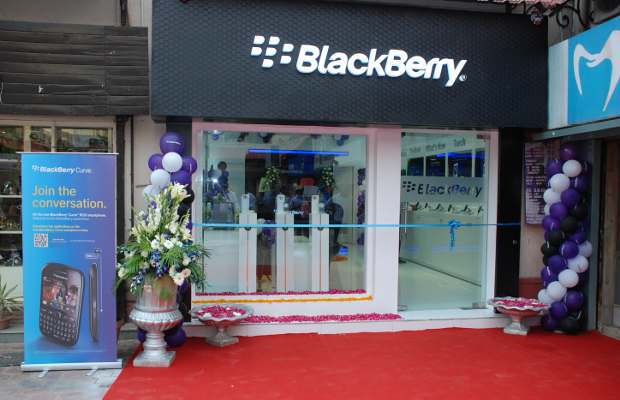2013 was quite a turbulent year for RIM (Research in Motion), now rebranded as BlackBerry. Not so long ago it was the darling of enterprise customers and there was no BYOD (bring your own device) policy for employees in a majority of companies. Now this has changed and BlackBerry is in fact fighting for survival.
In the year 2013, despite all the criticism and struggle to keep itself sailing BlackBerry launched five smartphones and made available BBM, its popular Messaging app, for both Android and iOS platforms.
Smartphones
As far as devices are concerned it launched BlackBerry Z10, BlackBerry Q10, BlackBerry Q5, BlackBerry 9720 and BlackBerry Z30 in India. Of these smartphones, Z10 and Q10 faced criticism for pricing, though no one complained about the hardware or performance of the devices.
BlackBerry Q5, on the other hand, is a mid-range offering with decent battery and relatively improved mobile operating system, but it had to face tough competition from Android phones that were available in the same price bracket. The bottomline is that it could not match the competition. Similarly, BlackBerry 9720 failed to impress with its processing capability, storage, camera and OS. Moreover, Android ecosystem was offering better devices in the Rs 15, 000 price segment.
The last device to be launched by BlackBerry this year was Z30. The company got the pricing right this time round but for an average user the interface was a bit complicated. There is scope for improvement in it.
BlackBerry Z10
BlackBerry Q10
BlackBerry Q5
BlackBerry 9720
BlackBerry Z30
Apps
On the App front, 2013 will be remembered as a year when the company said goodbye to its walled garden approach for BBM. BlackBerry this year made available its popular chat app for iOS and Android devices. As a matter of fact BBM was around in the market long before any of the current popular apps like WhatsApp, WeChat and Line. Opening its BBM for the most popular operating systems seems like the best way of keeping the BlackBerry brand alive.
Editor’s take
In the beginning of the year, while launching the BlackBerry Z10, the company had made it clear that going forward it will launch high-end smartphones only. This strategy can be seen as a good as well as a bad move.
Good because BlackBerry clearly defined its target group and made it clear that it is going to launch only premium smartphones. On the other hand, it’s a bad move because it completely gave up on entry and mid-level smartphones and didn’t take into account the success it got from BlackBerry Curve 9220, which is priced under Rs 10,000 and was liked by the youth.
Now if we talk about the operating system, BlackBerry did an outstanding job by making BlackBerry 10 more lively and refreshing and in sync with current trends that included almost all the features offered by rival operating systems. The new user interface emphasizes quite heavily on gestures, which is gaining traction.
But again the paucity of smartphones that support BlackBerry OS10 in different price brackets did not help the company in increasing its market share.
As far the app ecosystem is concerned BlackBerry has put in 100 per cent effort in beefing up its app store, though a lot has still to be done to match Android and iOS stores in terms of numbers. On the music store front too it was found wanting. Primarily because collection is limited and price tag is steep as compared to other music stores of rival players.
Finally it seems that this handset alone will not be able to take BlackBerry to the next level and if the BBM app on other platforms is able to make a mark then consumers might again get attracted to the good old BlackBerry.







